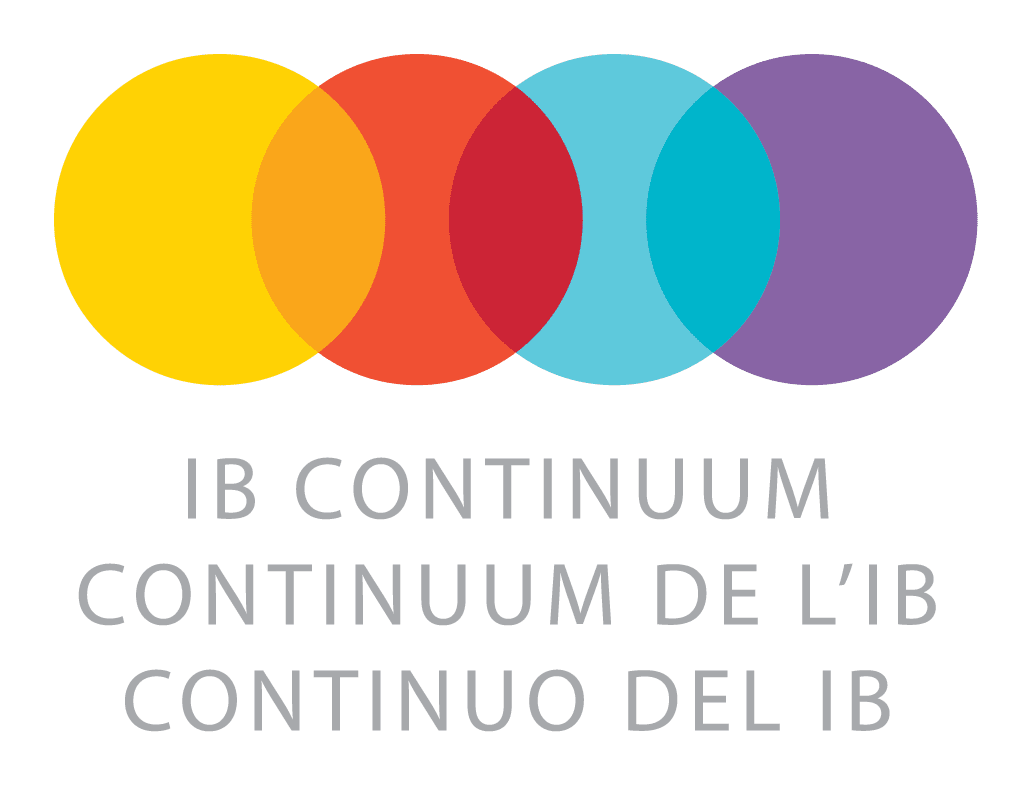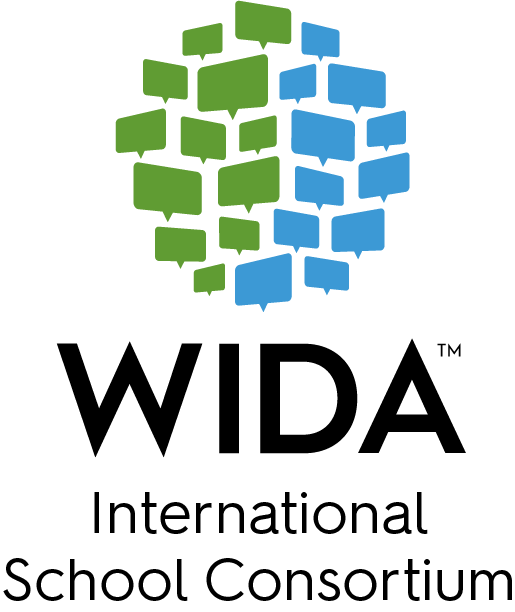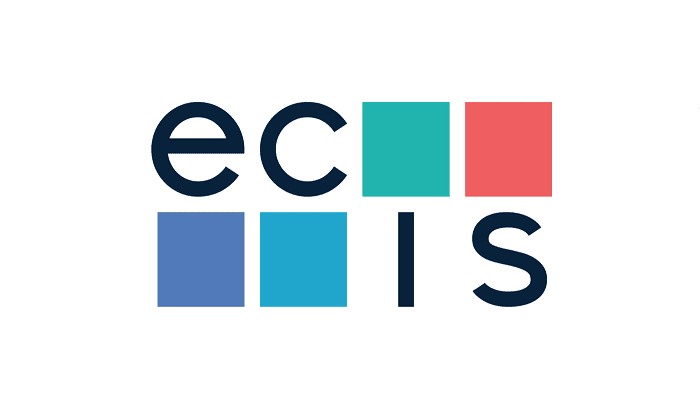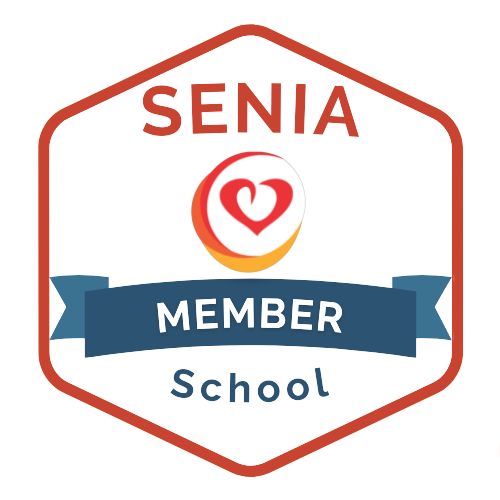

Maria Auteri
PYP Grade 5 Teacher
The Double-Edged Sword of YouTube: Balancing Education & Safety
Sometimes a student will ask during recess if they can watch YouTube videos, and if they show me what the video is, I usually allow it. But every so often I have an uneasy feeling about it. Is YouTube really ok? Is it safe?
Where am I getting this uneasy feeling from?
I decided to do some digging about YouTube to better understand why I had this hesitation. Whenever possible, I try to find recently published studies to get the facts straight from the source.
Three studies jumped out at me immediately.
In a study done by the University of California, researchers analyzed not specifically YouTube content, but simply the advertisements. It was found that content meant for children will still sometimes show explicit advertisements not suitable for children.
This is an issue for several reasons. Of course, we don’t want children to see explicit content. But also, it confuses the child on what is considered inappropriate or not. If they are watching an educational video, but they’re also being shown violent advertisements, does that make violence ok?
The second study I found again did not specifically analyze YouTube content, but instead focused on comments. In a large collection of children’s videos, they found 11% of comments were considered hateful, obscene, or toxic.
Again, if the video is appropriate, but the comments are not, the distinction between what is appropriate or not becomes blurred and confusing.
The last study did focus on the YouTube videos themselves, specifically how much they are viewed by children and what the possible effects may be. 195 children participated, and their YouTube usage was studied over the course of several years. It was found that children who started using YouTube earlier in life, and those who used it more frequently, were more likely to develop emotional or behavioral disorders.
Seeing the facts so plainly stated was alarming, but also depressing. YouTube has the potential to provide incredible education. My two-year-old niece’s favorite show is a YouTube channel created by a child speech therapist. I’ve used YouTube videos countless times in the classroom. How can something with such great opportunities be so harmful at the same time?
Luckily, YouTube has options to address some of these concerns.
In YouTube’s Help Center, there is a tab titled “Supervised experiences on YouTube.” I thought only YouTube Kids existed, but there are now more options to make YouTube a safer space for children of all ages.
YouTube offers both Pre-teens and Teens versions of their platform. Both versions are connected to a guardian’s account. Videos are limited to what is considered age-appropriate, and guardians are able to view what the child has been viewing should there ever be a cause for concern.
However, before putting limitations on your child’s internet usage, the most effective way to protect your child’s safety on the internet is to build communication based on trust. Simply blocking content without talking with your child first will always backfire. The child will naturally feel offended and untrusted. If their guardian can’t respect them enough to trust them and communicate with them, why should the child respect or trust the guardian? Effective communication will be made impossible and, if the child ever needs help in sensitive situations, they will certainly not confide in a person that they can’t trust.
If you feel that your child’s internet usage should be limited or monitored, explain to your child that their safety is your number one priority. It’s not your child that you don’t trust, but other users and content creators that you can’t see or speak to. And always reassure your child that if they come across something on the internet that they are confused or disturbed by, you are their greatest ally in resolving the issue.
Like so many other experiences in life, the internet can provide incredible opportunities. Use it to the best of its advantages, while also being prepared and cautious of what can go wrong.
Links to studies:
Disturbed by inappropriate advertisement
Exploring the link between temperament and YouTube
YouTube Help Center:
Share this post

Measurements of Success in Sports & Studies
You may have seen the new Netflix documentary ‘Beckham’, about one of England’s most well-known footballers. Near the start, Beckham talks about his school days

Sign up for the OYIS Scholarship Exam
Students who are eligible for Grades 10 or 11 in August 2023 are invited to take the 2022 Scholarship Exam. This exam is the first step to potentially receiving the OYIS Achievement Award.

The Summer We Choose to Remember: Conquering Negativity Bias with Mindfulness
As the summer break comes to an end, I have found myself unconsciously reflecting on how I spent these last few weeks. I think I

Professional Learning Event: Rethinking Assessment
Osaka YMCA International School is hosting a professional learning event on Saturday, February 8, 2025. The focus of the sessions will be Rethinking Assessments, broken

Talking to your child about Artificial Intelligence
Since November 2022 when ChatGPT was released to the world, it’s seemed that AI has been everywhere in the news. Since then, AI has become

Celebrating Our Teachers: 5 Educators Earn SENIA Level 1 Certification!
Celebrating Our Teachers: 5 Educators Earn SENIA Level 1 Certification! We are excited to announce that five of our dedicated teachers have recently completed their









